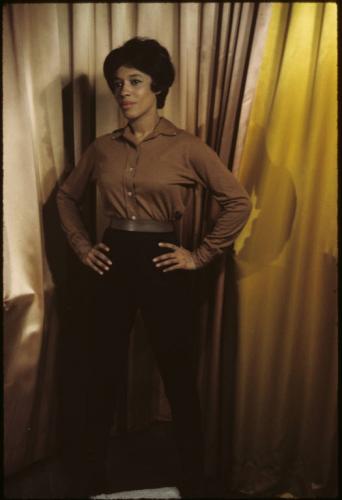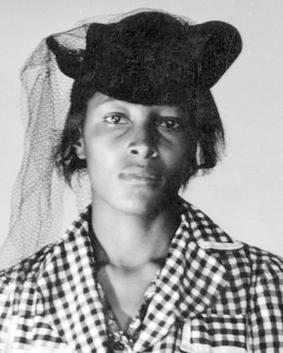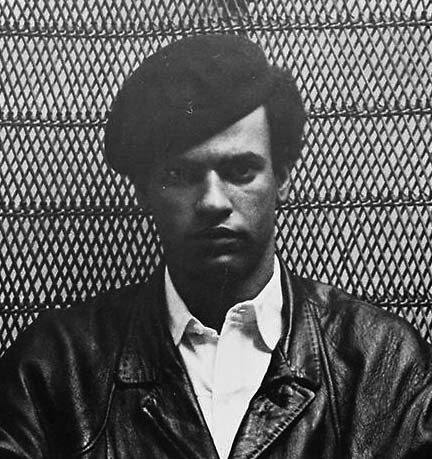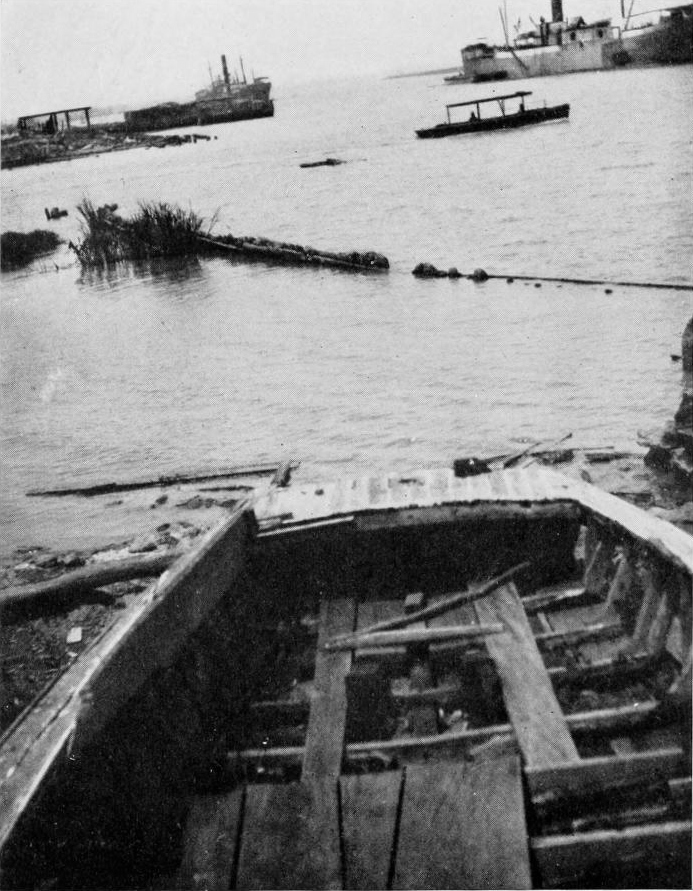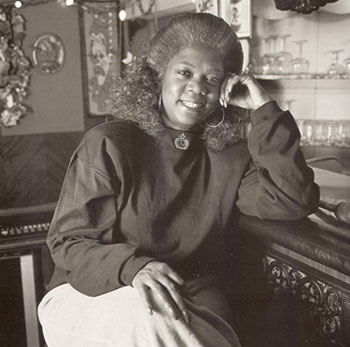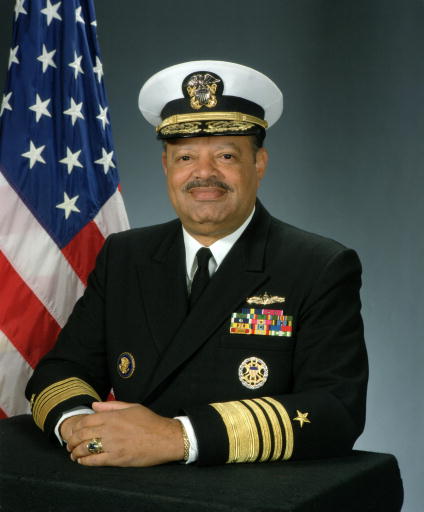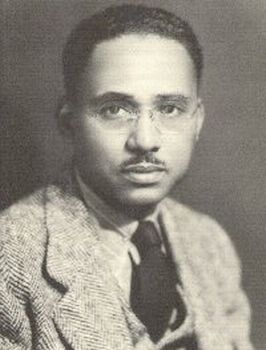The Union Bethel African Methodist Episcopal (AME) church in Great Falls, Montana, is one of the state’s oldest active churches. It is also the oldest continuously operating Black church in the state, having been founded less than a year after Montana was admitted into the Union.
The African American community in Great Falls dates to the town’s beginnings. As elsewhere in the western United States, the community came together early on for mutual benefit around the construction of a church. The AME congregation organized in 1890 and built its church the following year. The original structure was taken down in 1917, and replaced with the current building.

Union Bethel African Methodist Episcopal Church and Marker, Great Falls, Montana, August 19, 2019. Photo by Barry Swackhamer, Courtesy HMdb.org, Fair use image.
The Union Bethel AME grew to be the center of social and public life for much of Great Falls’ black community. In 1892 several members of the AME congregation were involved with a black Democrats’ club, and in 1894 an AME trustee was elected township constable. During the Progressive Era, Union Bethel women formed clubs to benefit the church and community, including the long-lived Dunbar Art and Study Club, which for decades performed charitable and literary deeds and promoted civil rights at local, state, and national levels. AME men’s clubs included a Masonic lodge and an Odd Fellows Lodge. The church also occasionally partnered with non-black churches in public events such as a send-off turkey feast for black soldiers in World War I, and a joint Thanksgiving service with a white Baptist church.
The assignment of black airmen to nearby Malmstrom Air Force Base in the 1950s brought new African American residents to Great Falls, some of whom stayed after retirement. Today, the Union Bethel congregation is the largest of three AME congregations in Montana, and is flourishing with a multi-cultural mix of Air Force personnel, long-term members, and their families. The church is listed on the National Register of Historic Places.



